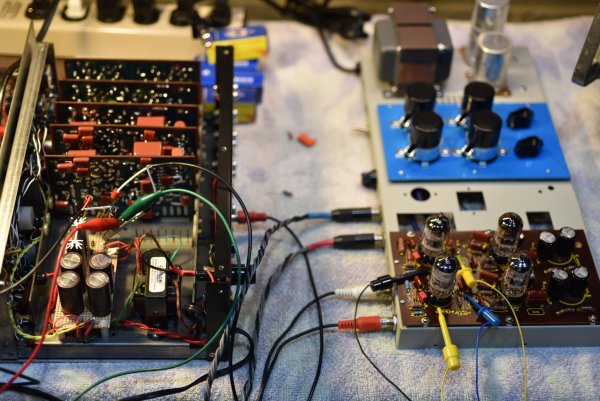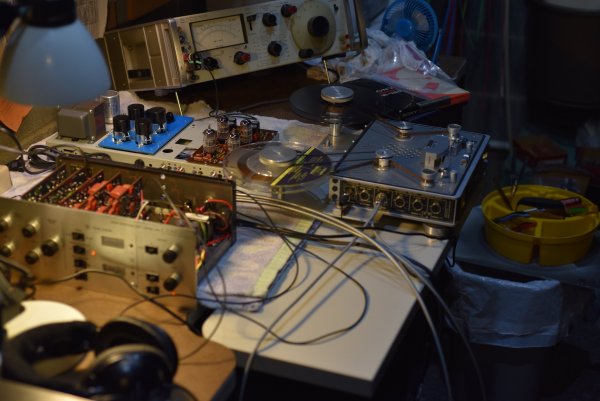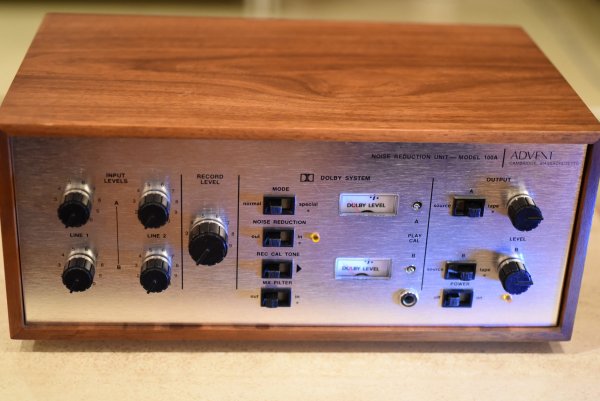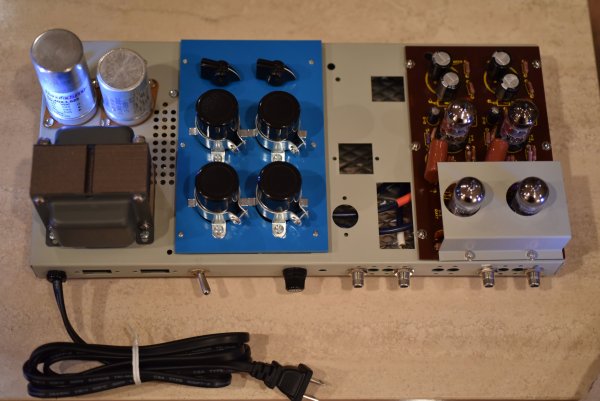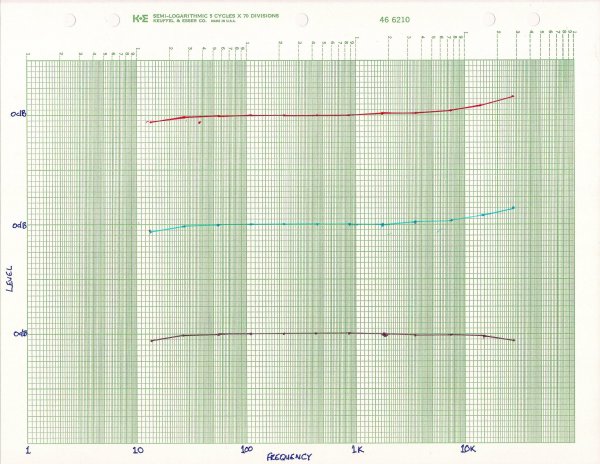Anyone who has collected prerecorded tapes from the Barclay Crocker company has become aware of the limitations imposed by the necessary decoding of the Dolby B noise reduction used by that company. Over the years I've assembled quite a few Dolby B units from Teac, Sony, Advent and Integrex and felt that the Advent 100A and the Integrex were the most neutral sounding. I began a project to try and learn about how the Dolby designed circuit works and maybe find a way to improve the sound. I built a replacement regulated power supply for the 100A and replaced all of the components (with the exception of the transistors) in the two playback processor boards and the final output circuit boards. I also used Advent's service manual to carefully adjust the critical Dolby threshold levels and meter calibration adjustments. These changes produced a significant improvement in the transparency and freedom from grain in the way my tapes now sounded. The next step is to see if I can build a vacuum tube output stage to replace the one Advent used and see if the change is what I'm after. Here is a photo of the test setup, the Dolby unit is feeding a tube preamplifier I built for this experiment.